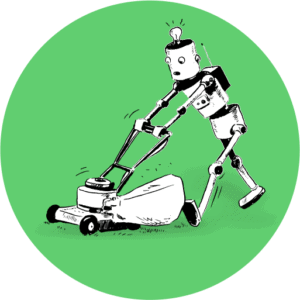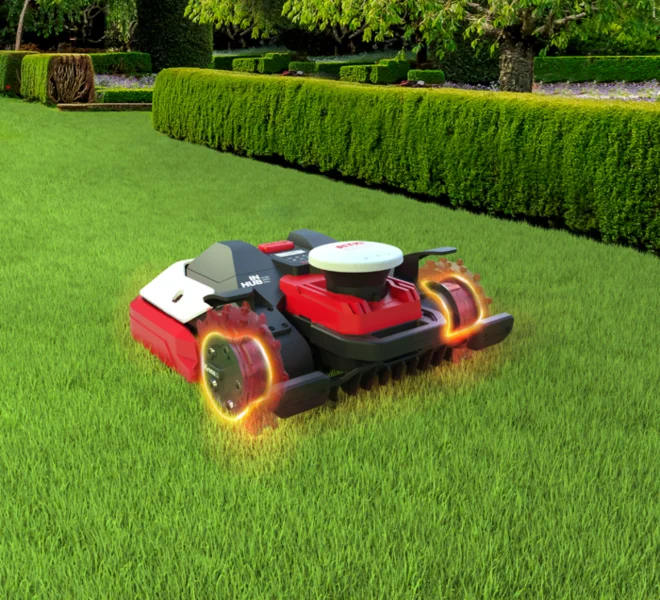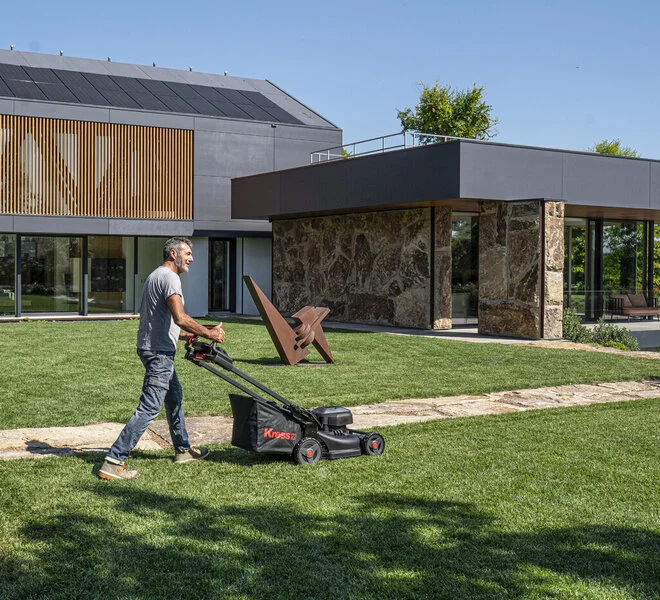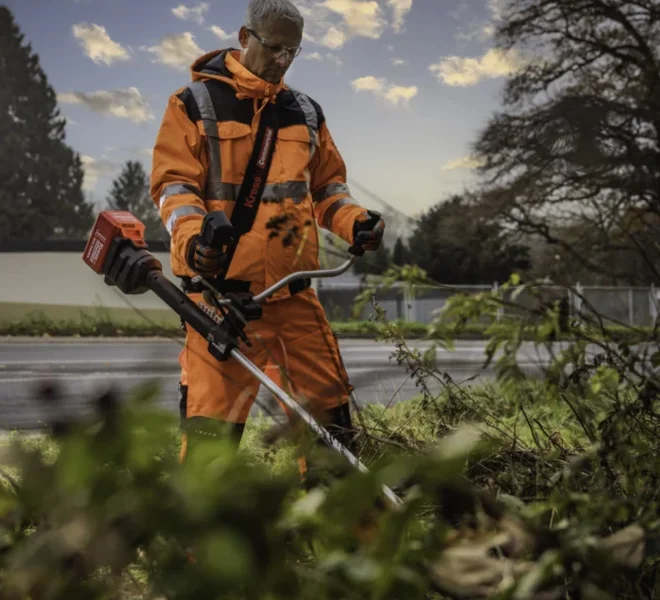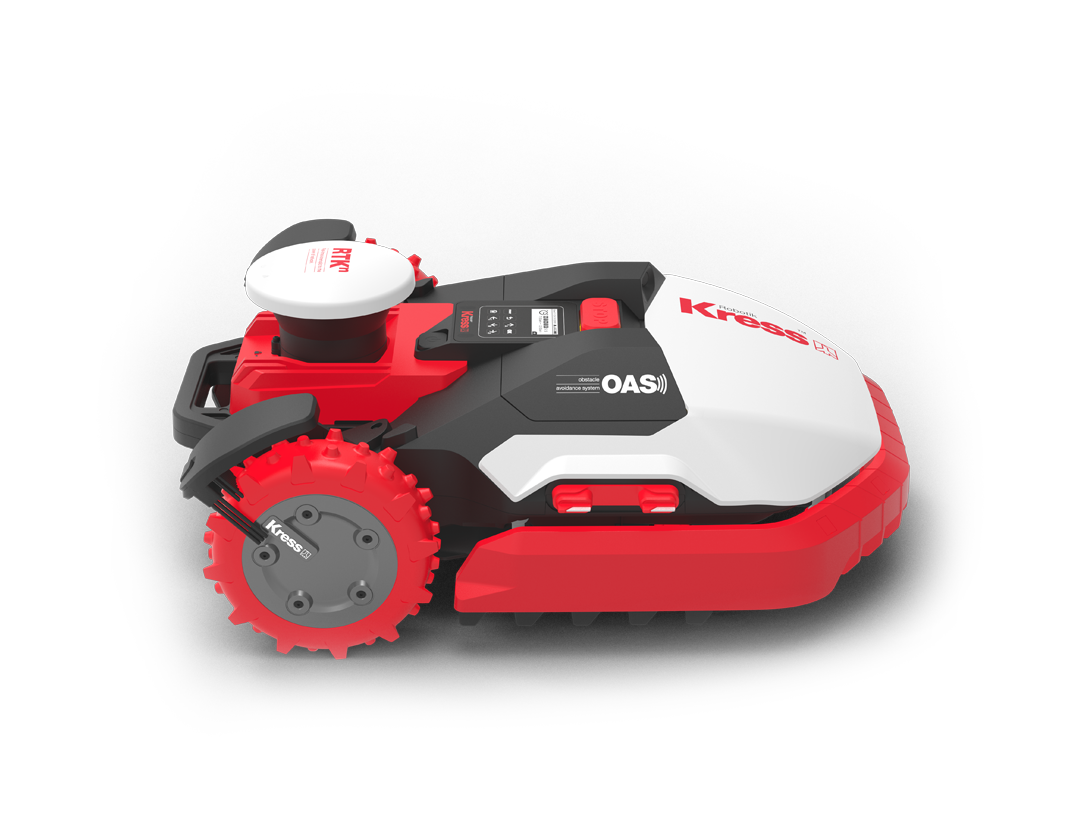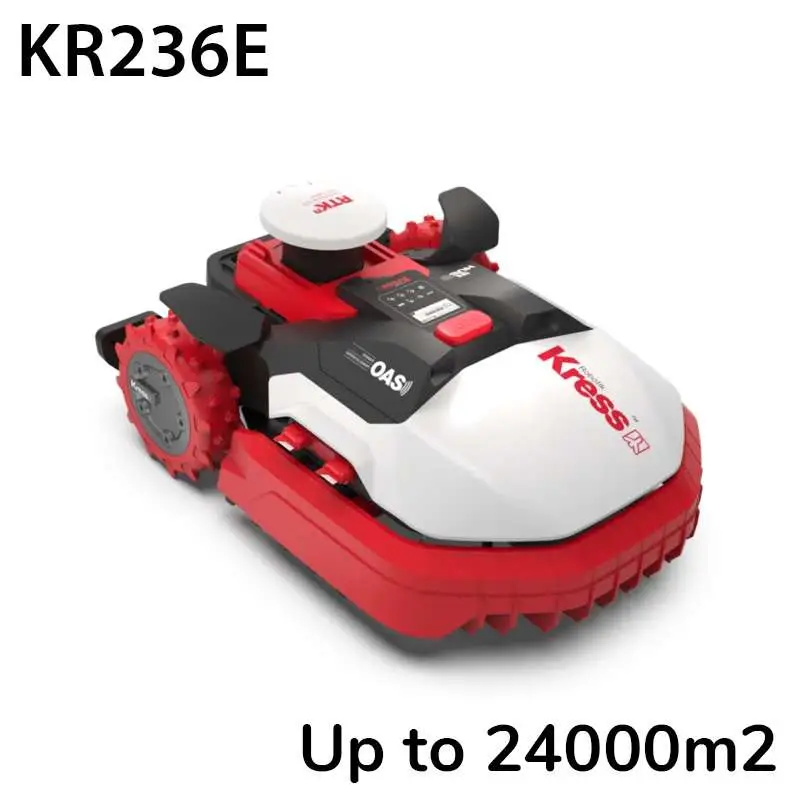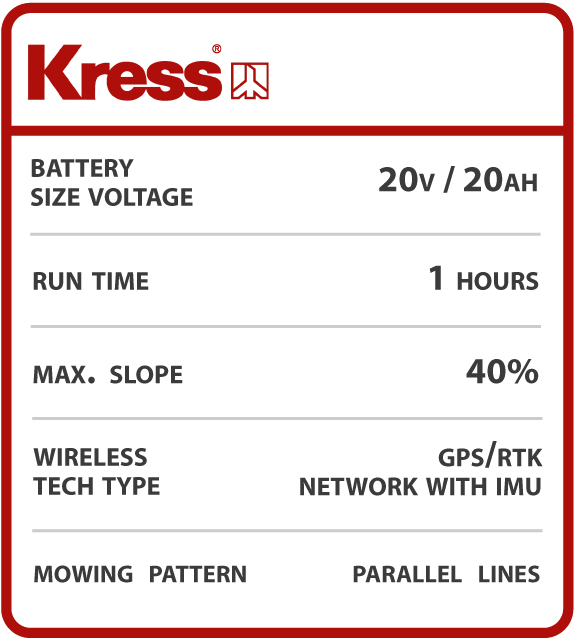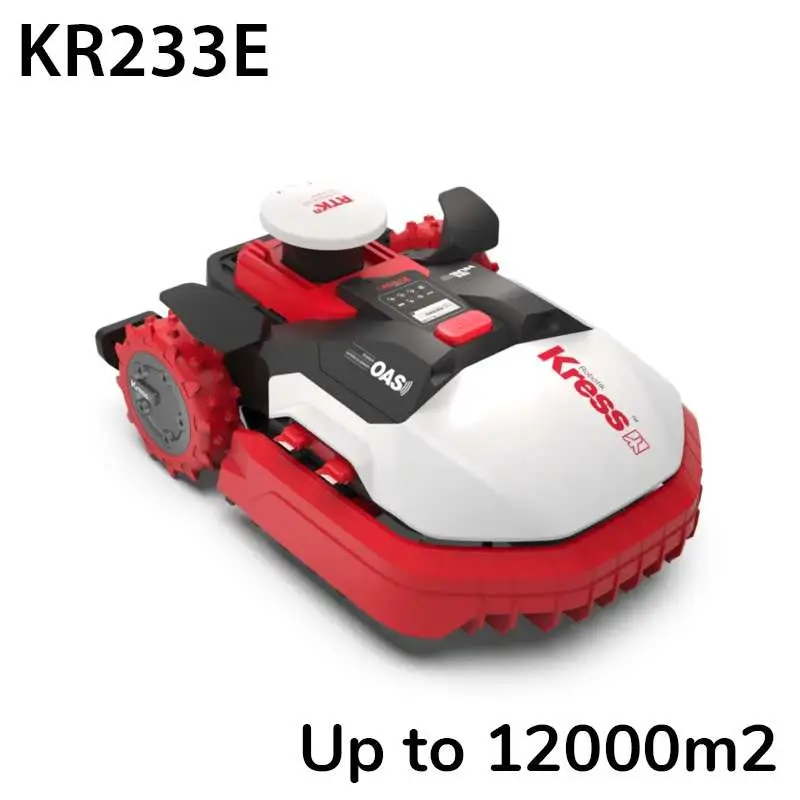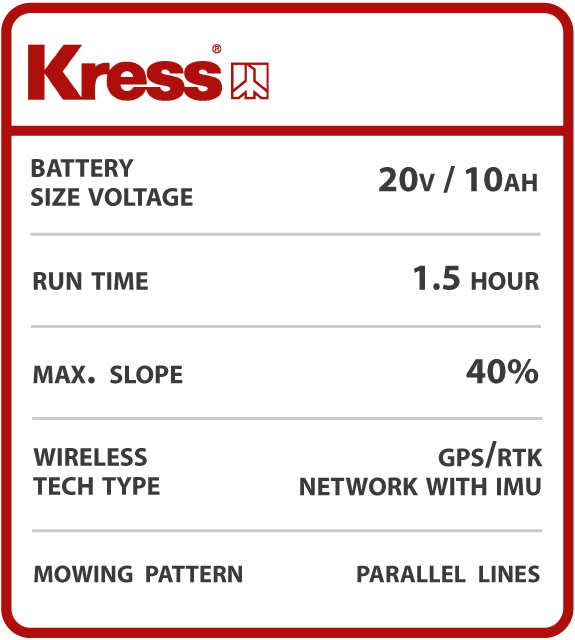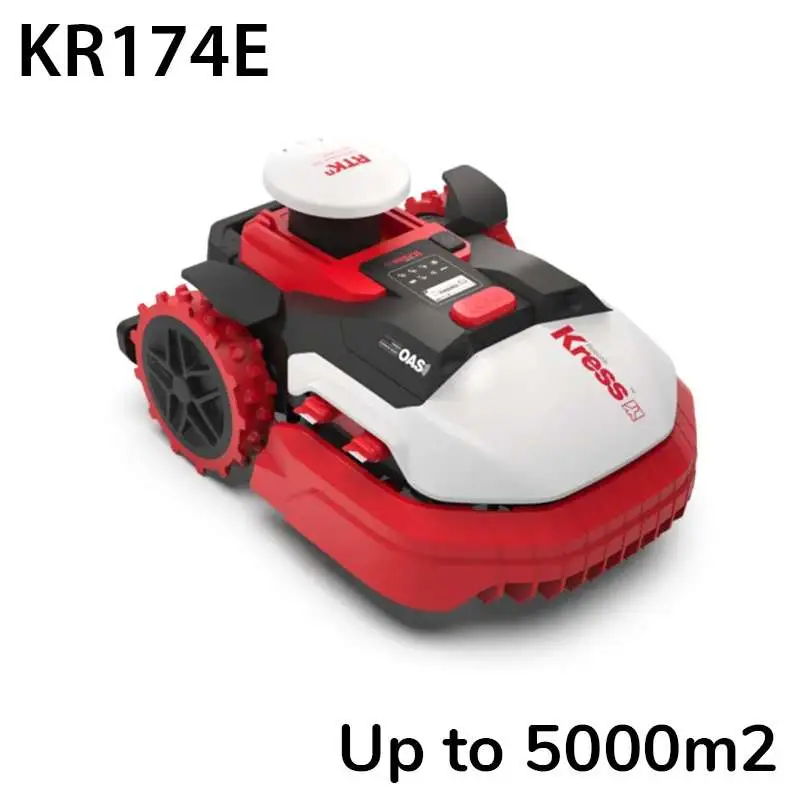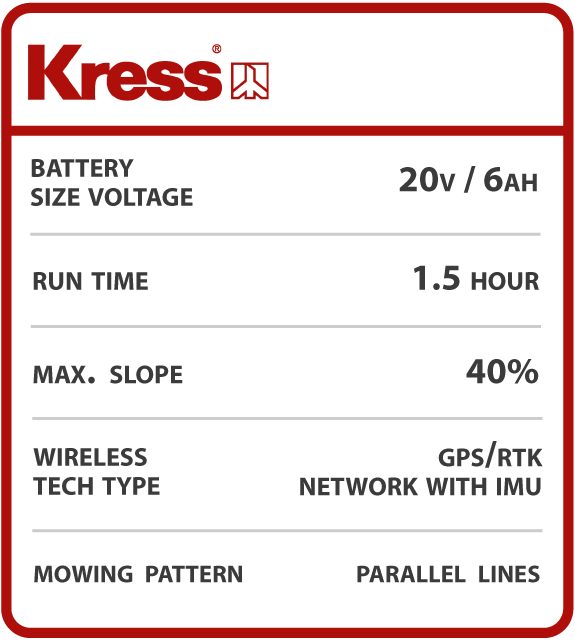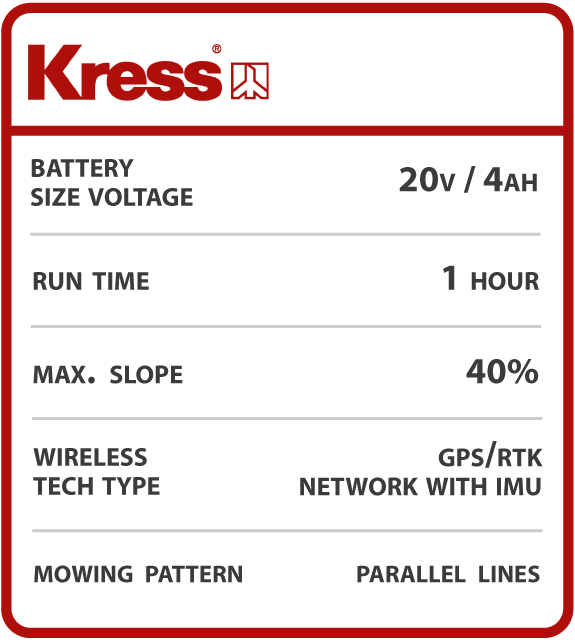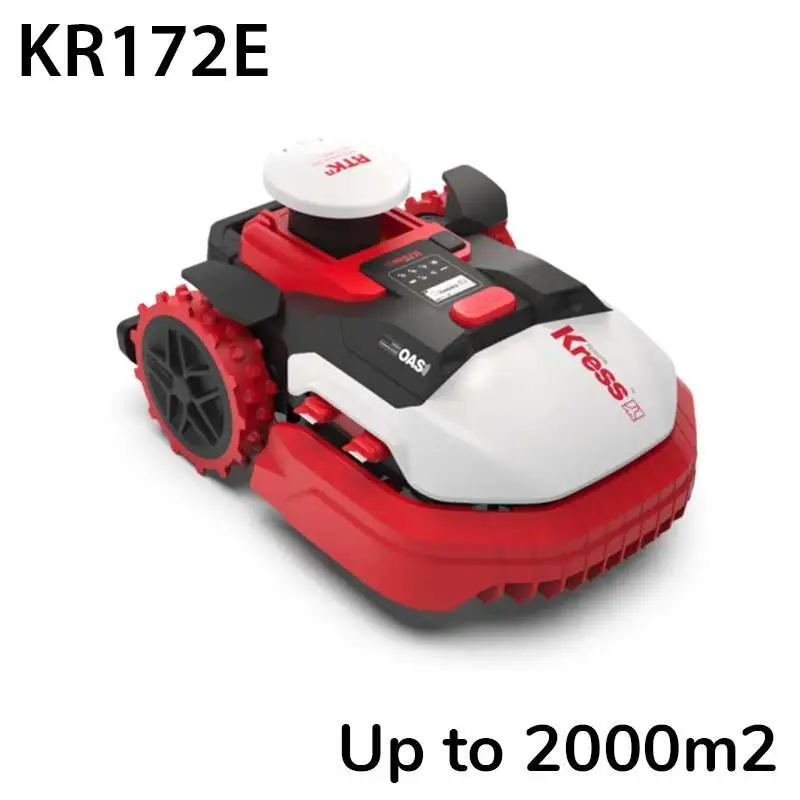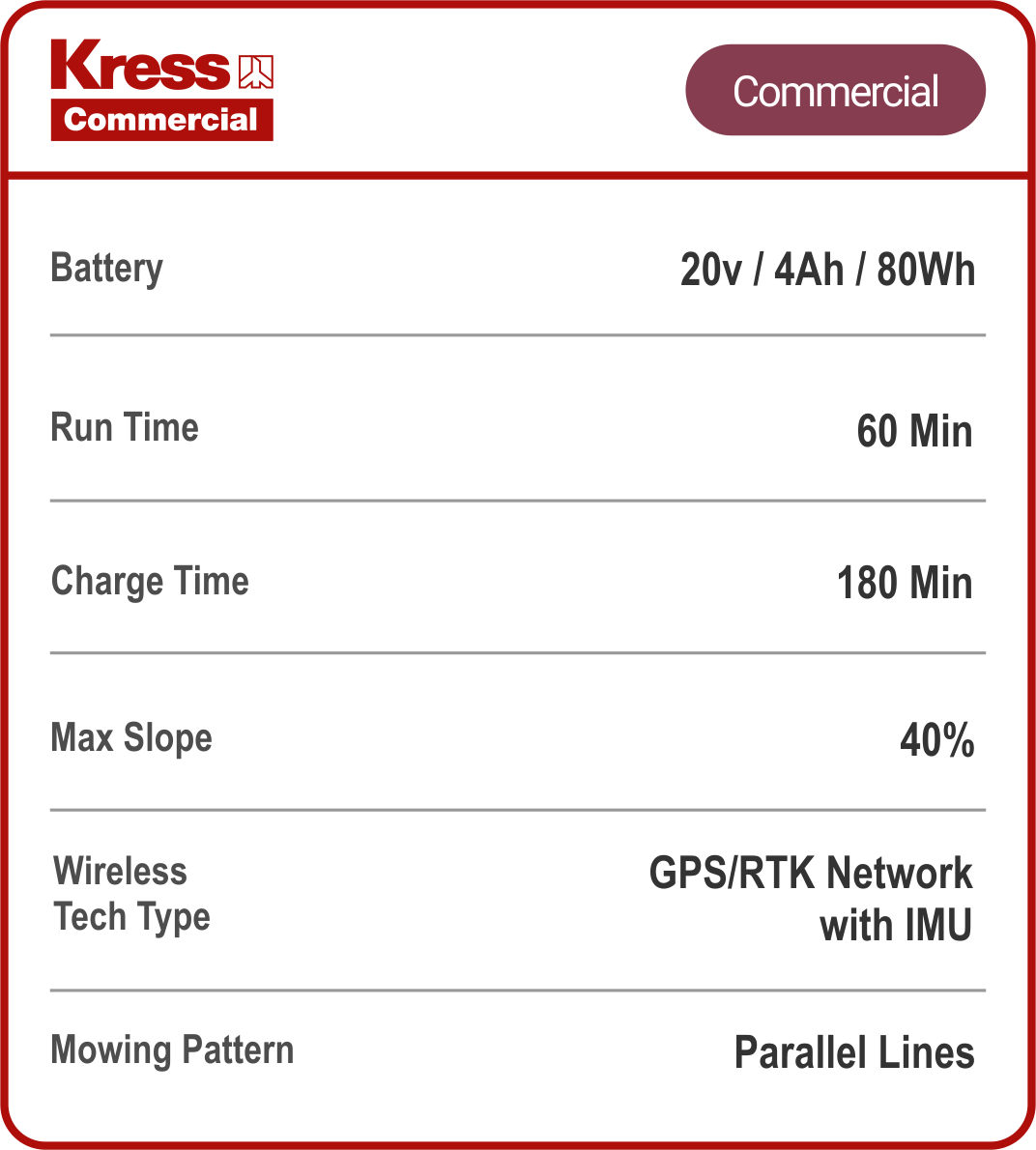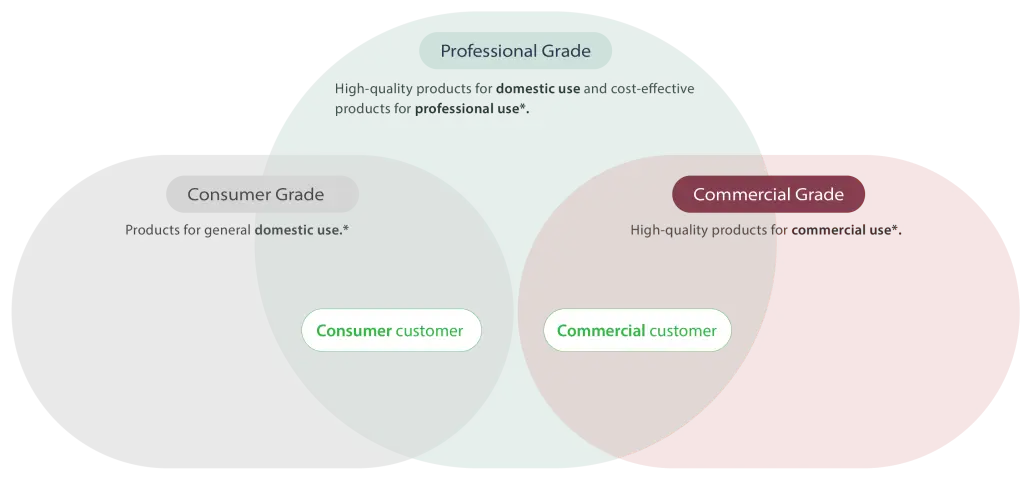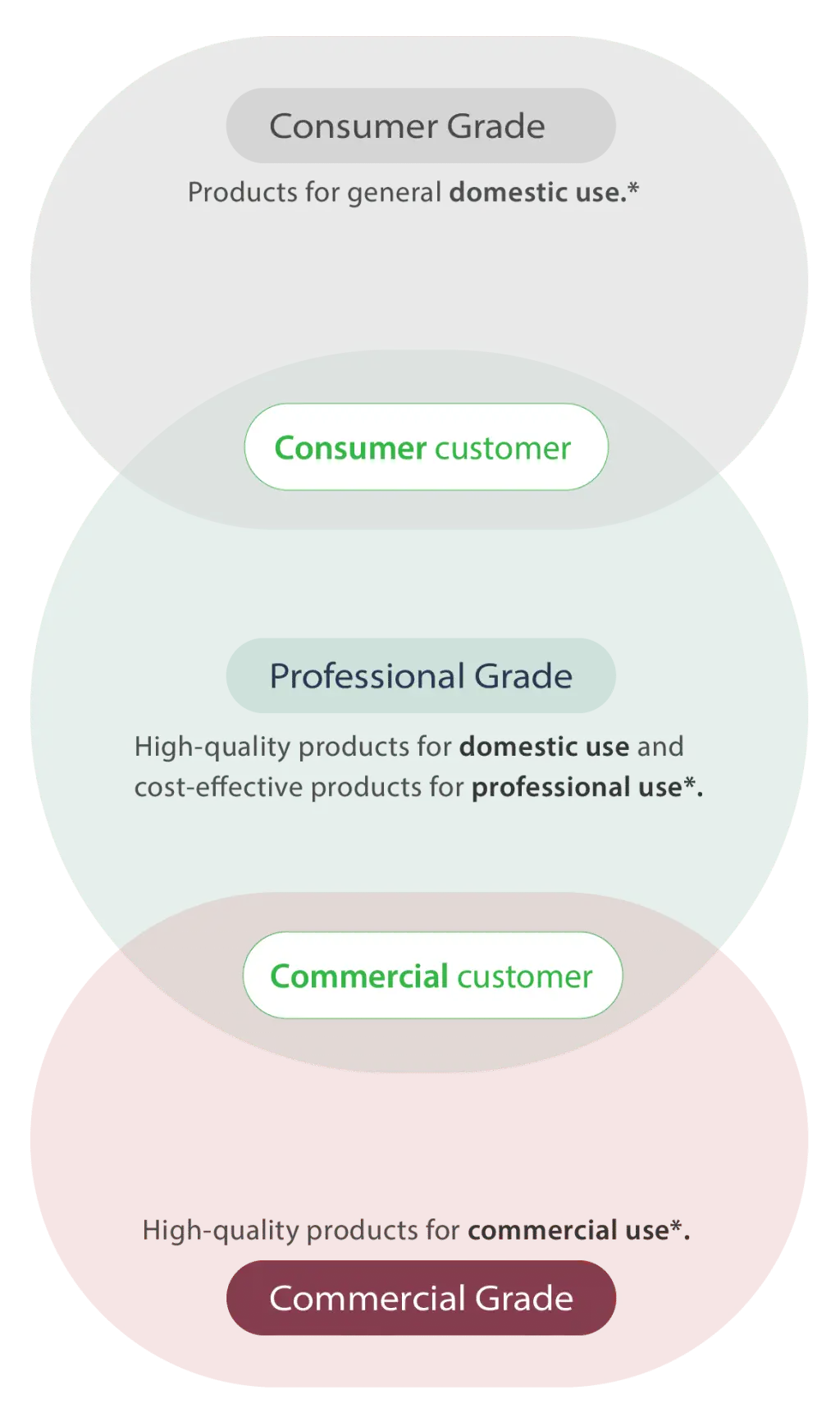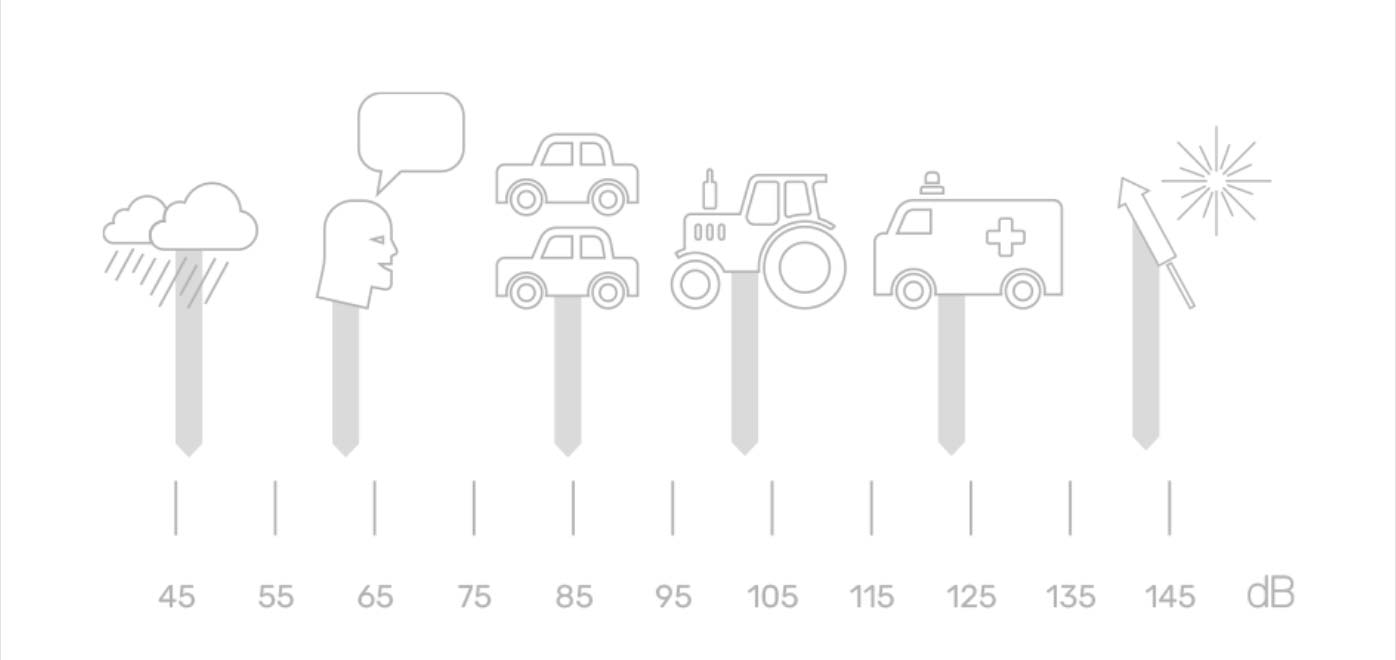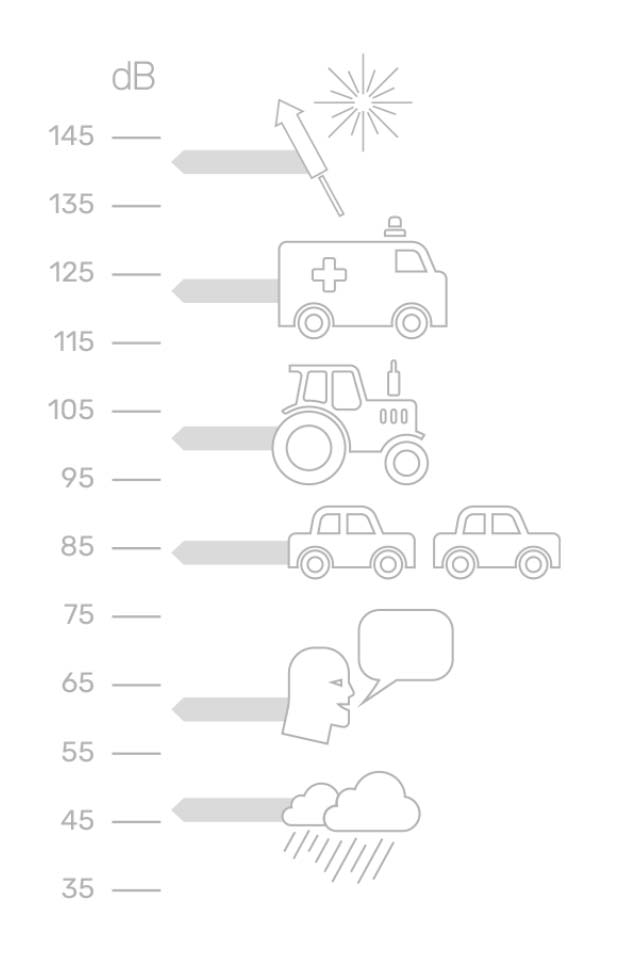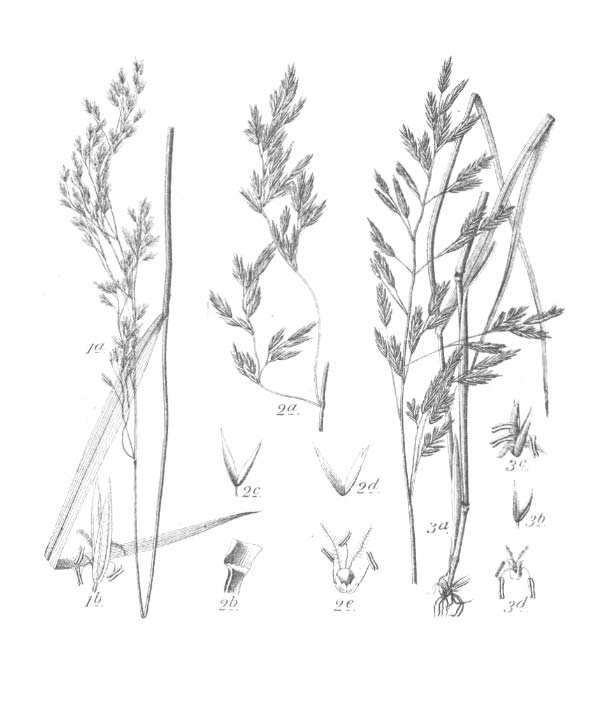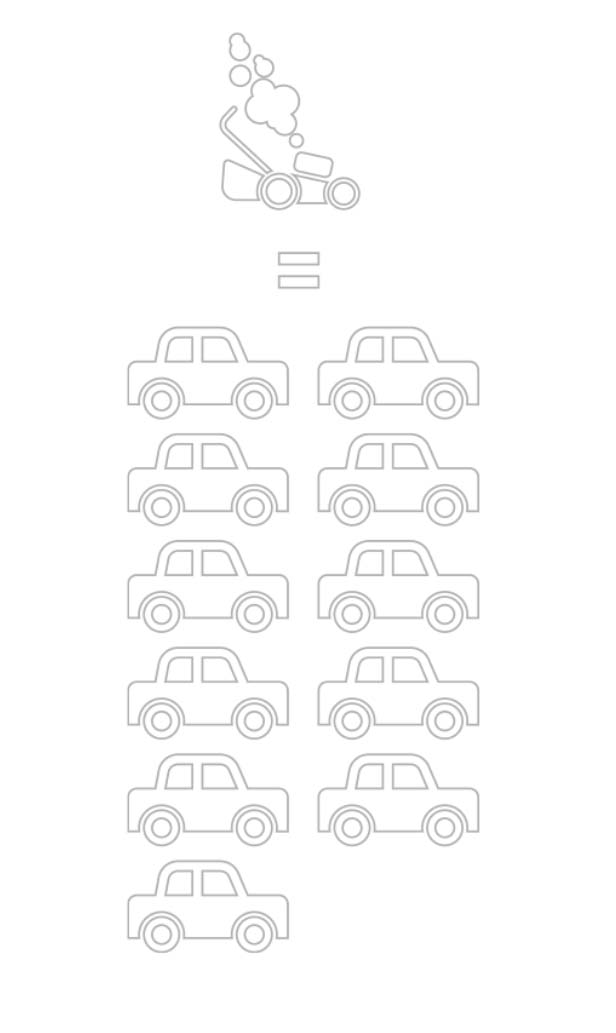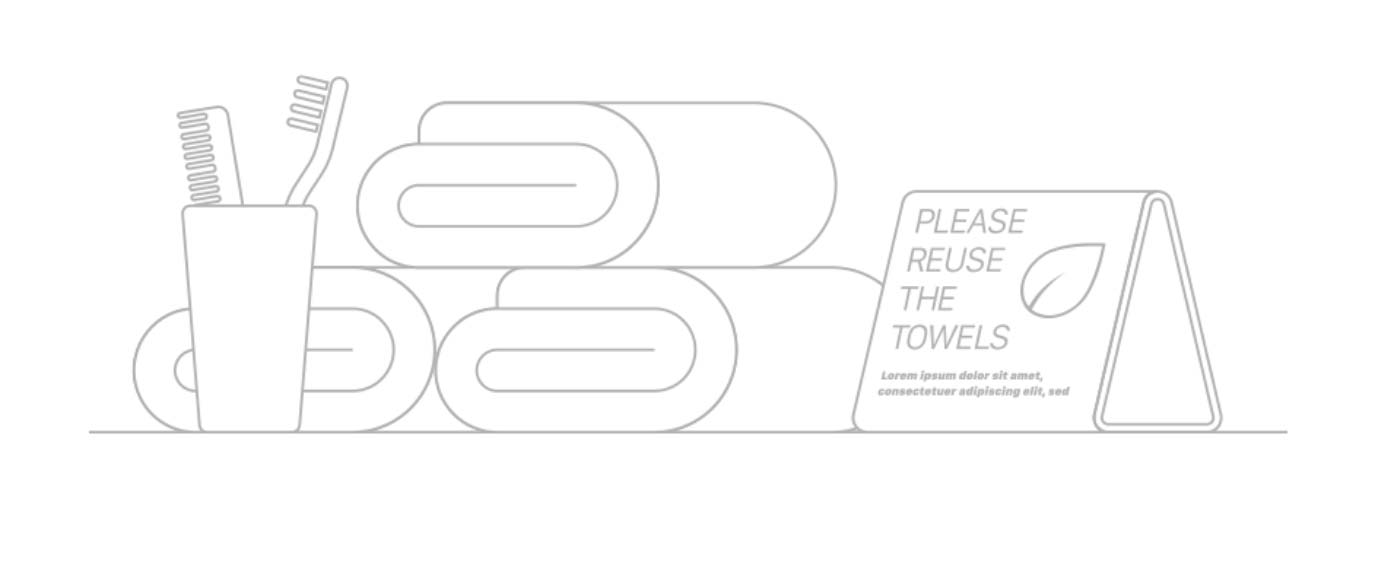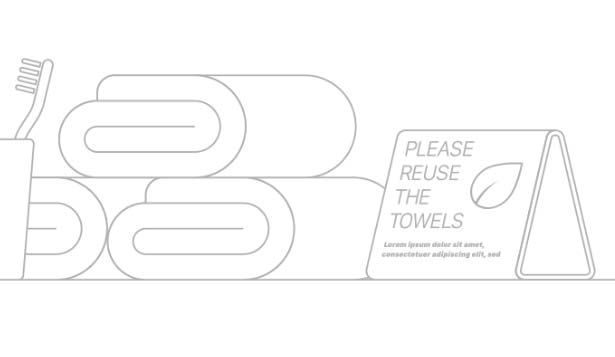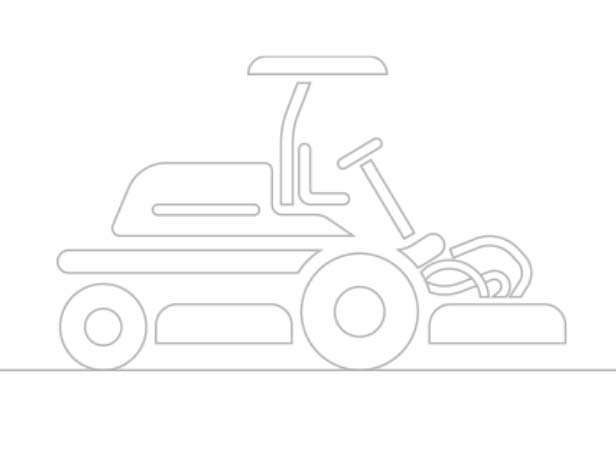Kress robots
Kress robotic mowers redefine lawn care for expansive landscapes. Our innovative, satellite-guided technology tackles large areas without perimeter wires, leaving you free to enjoy a perfectly manicured lawn, effortlessly.
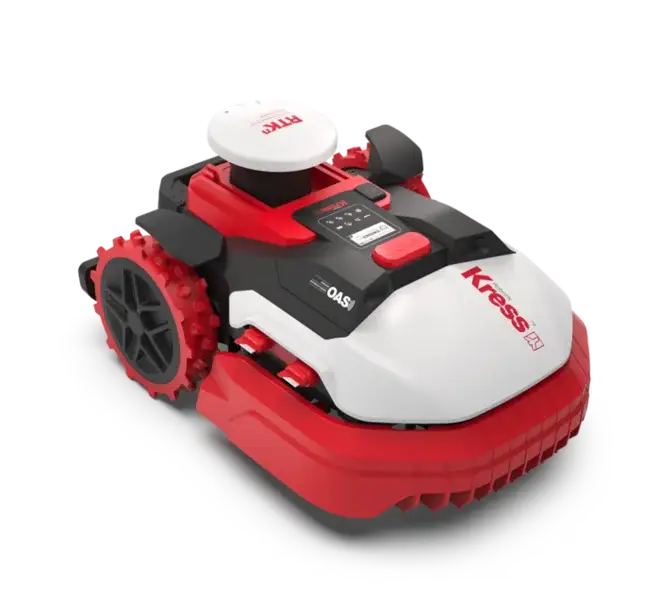
Redefining precision in lawn care with Kress RTKⁿ technology, the KR230E.1 robotic lawn mower introduces satellite-guided, centimeter-level accuracy without the need for any property-specific stationary antennas. Equipped with dual-layer razor sharp blades and obstacle avoidance system, the KR230E.1 operates efficiently under any conditions.
$9,999.00 Original price was: $9,999.00.$8,999.00Current price is: $8,999.00. (AUD$ Including GST)
No Local Stock Available
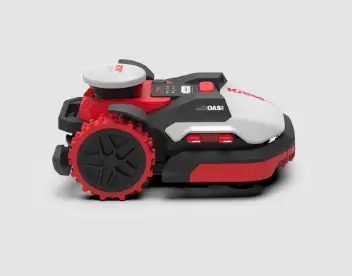
Redefining precision in lawn care with Kress RTKⁿ technology, the KR161 robotic lawn mower introduces satellite-guided, centimeter-level accuracy without the need for any property-specific stationary antennas.
$2,999.00 Original price was: $2,999.00.$2,599.00Current price is: $2,599.00. (AUD$ Including GST)
In stock
Once upon a time…
The future of unmanned mowing is now
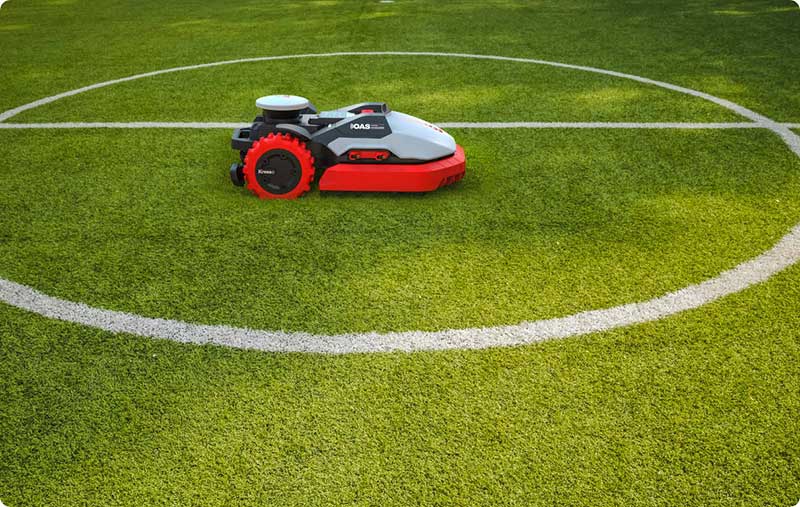
Who will benefit from Kress RTKn

Nothing is better

Convenient

Unplugged

Quick and simple

Unintrusive

Dependable

The advantages of RTK

Quick setup

Convenient

Quiet operation

Efficiency

Operational savings

Stay in the know
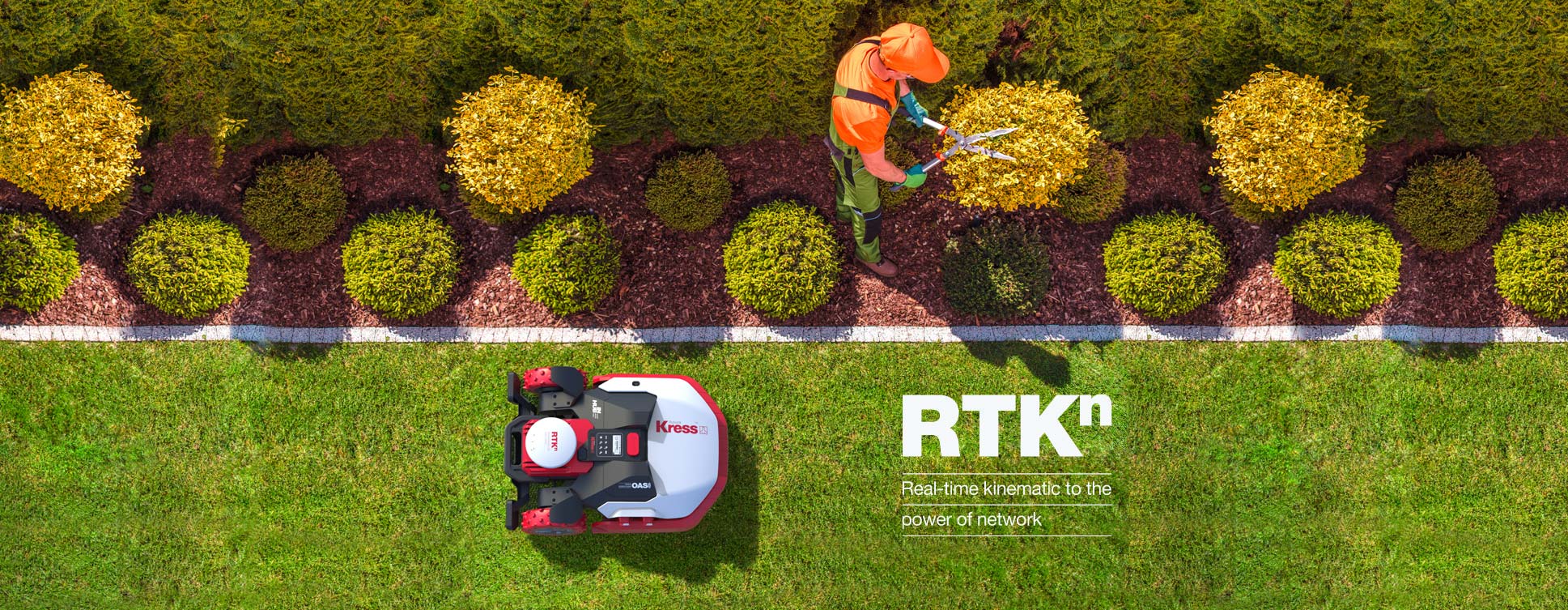
HOW KRESS WORKS
RTKn: position accuracy to the power of network
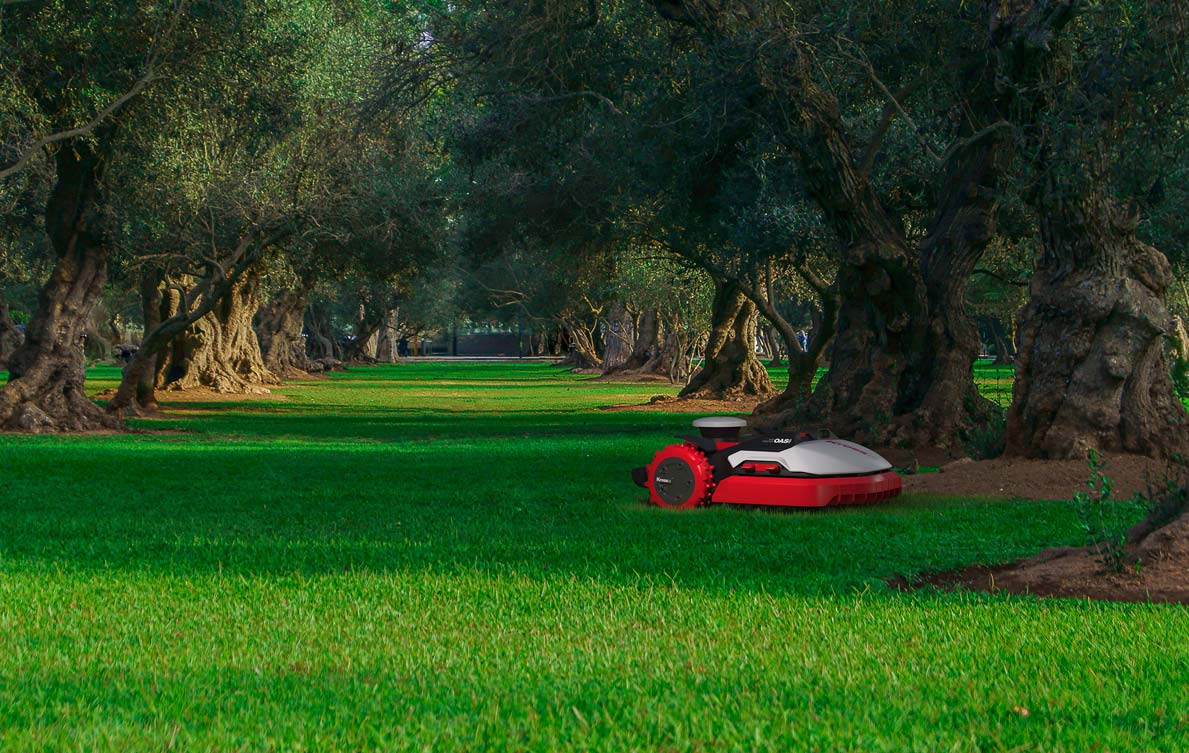
What if there’s poor satellite signal
Kress micro-manages your lawn with Multi Zone setup

Stay in control with Kress


KRESS Commercial Solutions
Facilities and sports clubs
If there’s a lawn, here’s how Kress can help you.
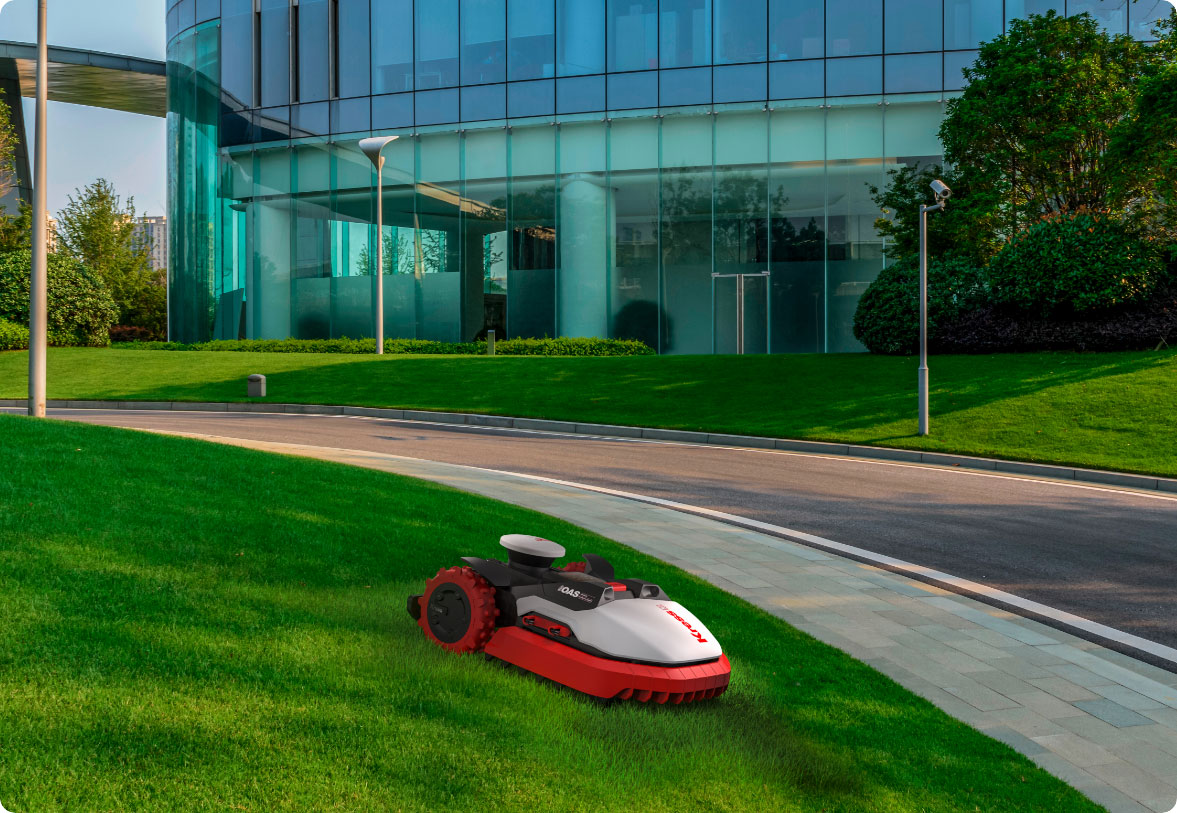
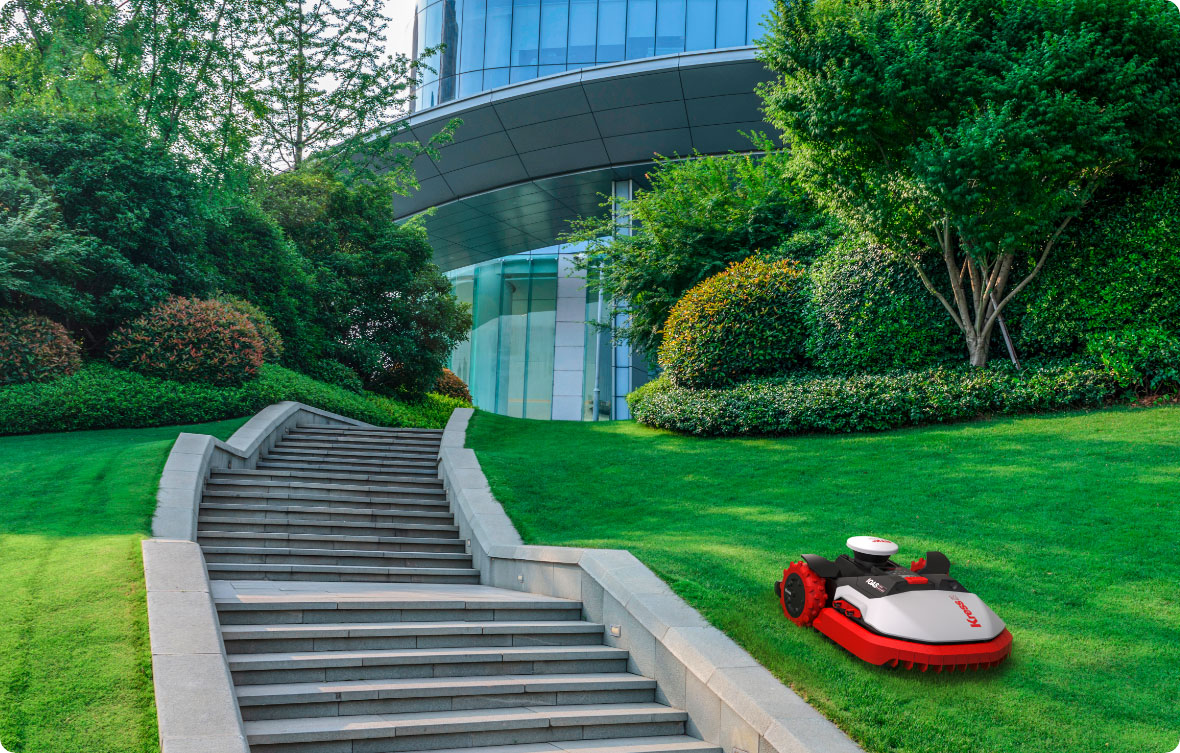
Better for the planet, better for your business.

Re-shape your facility’s soundscape

Your best turf ever

Mow down pollution

Trim your grass, snip your costs

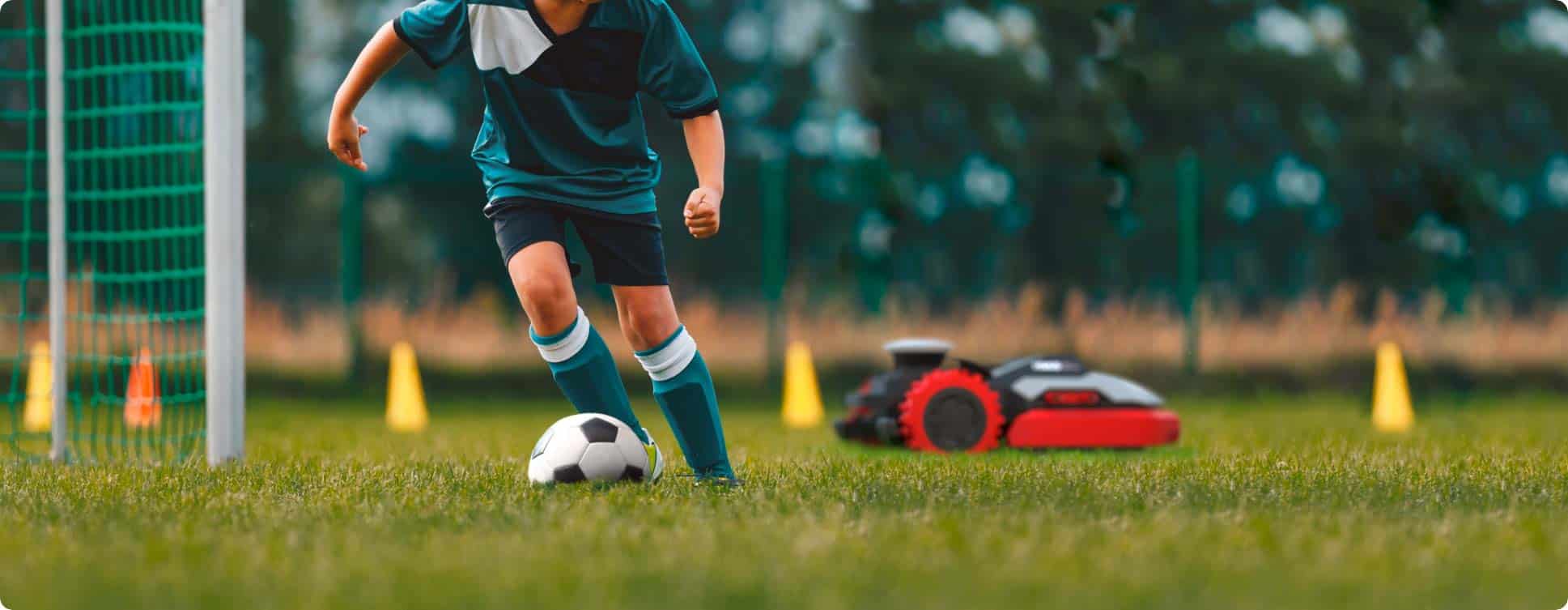
Unmanned daily turf care

Redefining precision in lawn care with Kress RTKⁿ technology, the KR230E.1 robotic lawn mower introduces satellite-guided, centimeter-level accuracy without the need for any property-specific stationary antennas. Equipped with dual-layer razor sharp blades and obstacle avoidance system, the KR230E.1 operates efficiently under any conditions.
$9,999.00 Original price was: $9,999.00.$8,999.00Current price is: $8,999.00. (AUD$ Including GST)
No Local Stock Available

Redefining precision in lawn care with Kress RTKⁿ technology, the KR161 robotic lawn mower introduces satellite-guided, centimeter-level accuracy without the need for any property-specific stationary antennas.
$2,999.00 Original price was: $2,999.00.$2,599.00Current price is: $2,599.00. (AUD$ Including GST)
In stock
